```
1. Why should you visit during the Takayama Autumn Festival?
2. How can you get there from Tokyo?
3. What are the best things to do and see at the festival?
4. Where should you eat and stay in Takayama?
5. What is a smart 1–2 day itinerary?
Mountain air, ornate floats, and lantern-lit streets—this is Takayama in early autumn. Locals know the town as Hida-Takayama, a pocket of Edo-era streets framed by the Japan Alps. The Autumn Festival (Hachiman Matsuri) runs every year on October 9–10, with parade floats (“yatai”), puppet performances, and evening illuminations. If you are sensitive to weather, this season feels refreshing: afternoons are mild; mornings and evenings get chilly. Visitors coming from Tokyo often wonder about how far it is; in travel time, it’s quite doable as a weekend break. This guide uses Plain English and gives you only the numbers you need—Price, Time, and (where relevant) Capacity/Eligibility—with official Japanese links so you can double-check before you go.
1. Why should you visit during the Takayama Autumn Festival?
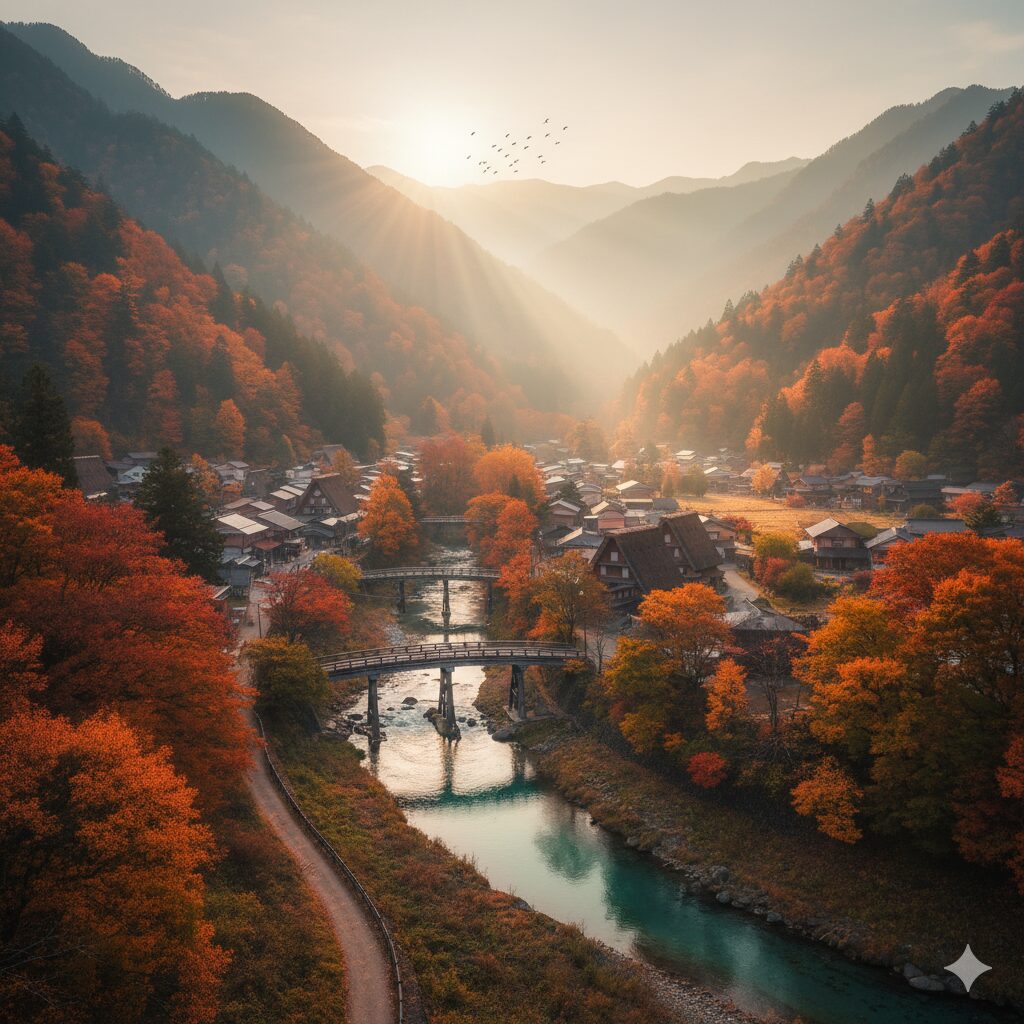
The Autumn Festival centers on beautiful wooden floats and rituals connected to Hachiman Shrine. It’s famous for its old-town backdrop, where wooden townhouses and sake breweries glow under lanterns. Crowds can be heavy around midday and early evening, but movement remains manageable with some timing tricks (see itinerary below).
Dates are consistent: the festival is held on October 9–10 each year (traditional schedule). For official festival and city updates, check Takayama’s tourism and municipal pages (Official website (Japanese) / Official website (Japanese)).
1-1 Basics of the festival days
Expect daytime float displays, karakuri puppet performances, and evening illuminations (weather permitting). The event is outdoors and free; shrine precincts may host additional rites. For cultural background and visitor guidance, see the city and tourism association (Official website (Japanese)).
1-2 Weather in October and November
Typical takayama weather October feels mild by day and chilly by night: about 7–19°C. In takayama weather November, afternoons cool further and you’ll want a proper coat: around 1–12°C. For forecasts and climate stats, use the Japan Meteorological Agency (Official website (Japanese)).
1-3 Crowd and comfort strategy
Arrive early for morning floats, then take breaks outside peak hours. Evenings are the most atmospheric but also busy; find a spot before illuminations start. Book your stay well ahead (2–3 months is safe) and target weekday arrivals if possible.
1-4 Seasonal calendar at a glance
| Month | Typical Temp | Crowd Level | Notes |
|---|---|---|---|
| October | 7–19°C | High (festival) | Lantern parades; book early. |
| November | 1–12°C | Medium | Late fall colors; colder nights. |
| December | Below 0–8°C | Low | Quiet, possible snow. |
* Temperatures are typical ranges; confirm latest forecast on the Japan Meteorological Agency (Official website (Japanese)).
2. How can you get there from Tokyo?
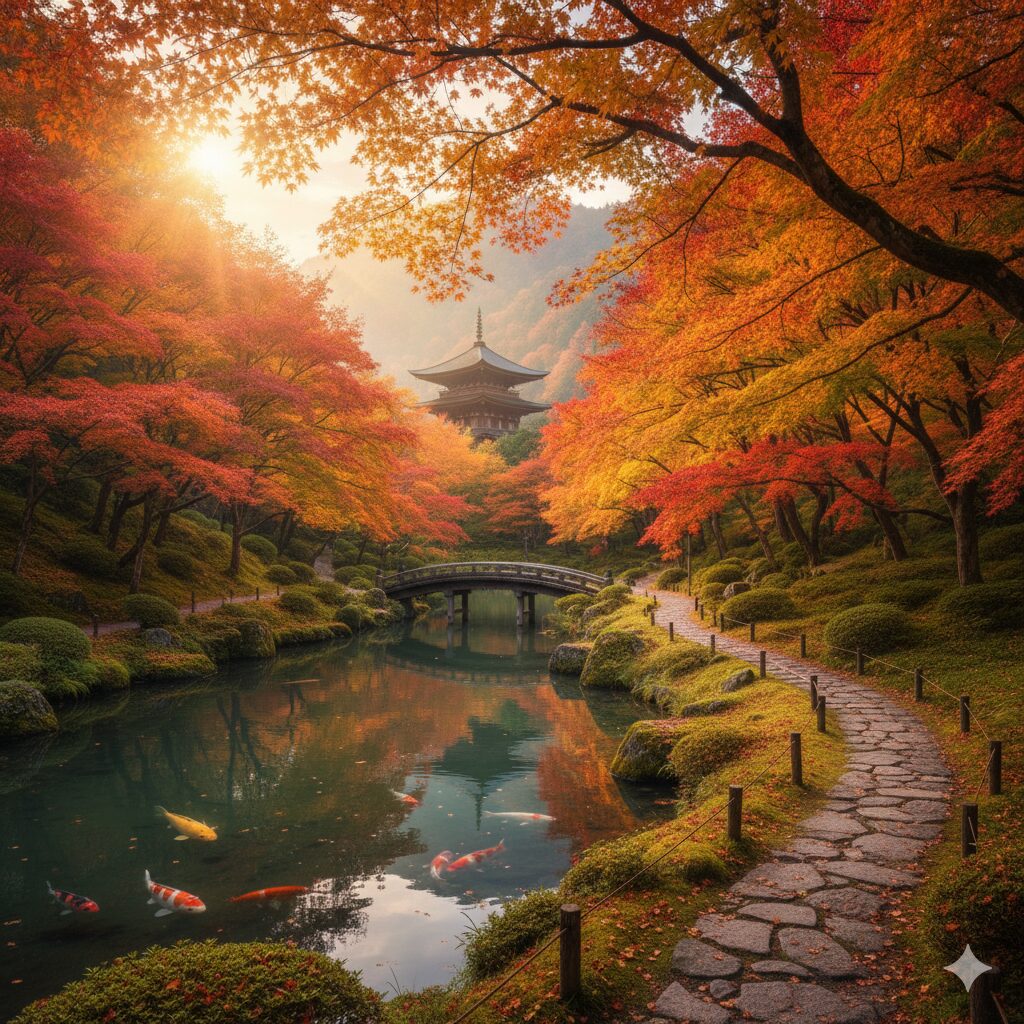
Two main rail routes: (A) Hokuriku Shinkansen to Toyama, then Limited Express Hida to Takayama (JR Central); (B) Tokaido Shinkansen to Nagoya, then Limited Express Hida. The highway bus runs from Shinjuku (Keio) to Takayama (Nohi). For official timetables and reservations, see JR Central and Nohi Bus (Official website (Japanese) / Official website (Japanese) / Official website (Japanese)).
2-1 Fast route via Toyama (usually fewer transfers)
Take Hokuriku Shinkansen from Tokyo to Toyama, then the Limited Express Hida to Takayama. Total travel time is typically ~3.5–4 hours. Book reserved seats during the festival to guarantee boarding (Official website (Japanese)).
2-2 Classic route via Nagoya (many daily trains)
Ride Tokaido Shinkansen to Nagoya, then the Limited Express Hida to Takayama. Door-to-door is about ~4–4.5 hours depending on connections. If you hold a rail pass, confirm validity and seat rules in advance (Official website (Japanese)).
2-3 Highway bus from Shinjuku (budget-friendly)
Direct buses link Shinjuku (Tokyo) and Takayama in ~5.5–6 hours. Fares change by date and seat type, but usually stay well under the train total. During the festival, buses can sell out—reserve online (Official website (Japanese) / Official website (Japanese)).
2-4 Access & Time summary from Tokyo
| Route | Time (one-way) | Budget (adult) | Notes (JP Official Links) |
|---|---|---|---|
| Via Toyama (Hokuriku Shinkansen + Ltd. Exp. Hida) | ~3.5–4 h | ¥17,000–22,000 | JR Central for schedules (Official website (Japanese)) |
| Via Nagoya (Tokaido Shinkansen + Ltd. Exp. Hida) | ~4–4.5 h | ¥18,000–23,000 | JR Central for routes (Official website (Japanese)) |
| Highway Bus (Shinjuku ⇄ Takayama) | ~5.5–6 h | ¥5,500–7,500 | Nohi/Keio Bus reservations (Official website (Japanese) / Official website (Japanese)) |
* Fares vary by date, seat, and season. Confirm times and prices on JR Central or bus operator sites before booking.
3. What are the best things to do and see at the festival?
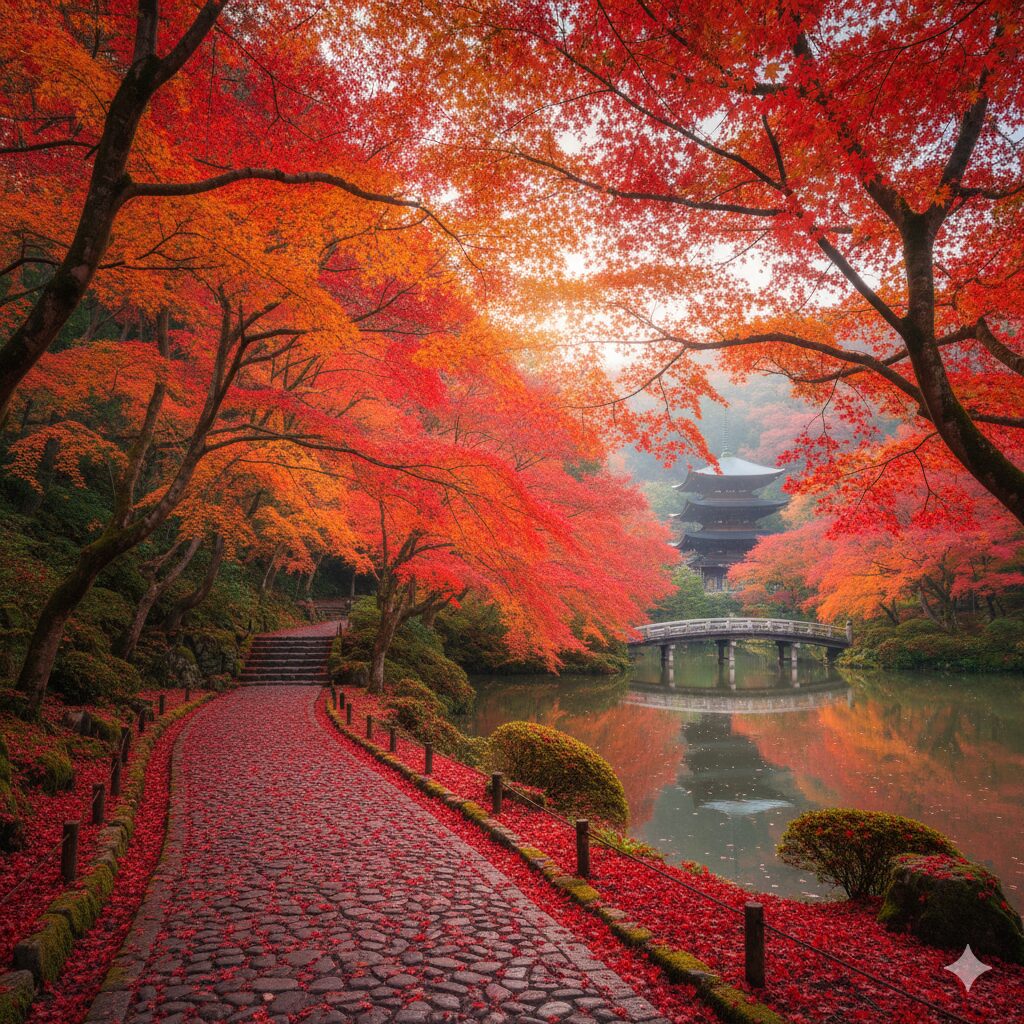
The Autumn Festival honors Hachiman Shrine and transforms Old Town into a live museum. Many floats are displayed along streets in daylight; at night they glow with rows of lanterns. If winds are strong or rain arrives, some performances may be modified—follow on-site notices and official advisories (Official website (Japanese) / Official website (Japanese)).
3-1 Daytime float displays and puppet shows
Arrive early to photograph yatai details (lacquer, carving, metals). Puppet shows (karakuri) are timetable-based—check boards near each float for the next performance. Respect ropes and attendants; floats are cultural assets.
3-2 Lantern-lit evening parade
Evenings are the highlight. Choose a corner with depth for photos and arrive at least 30–45 minutes early for the best view. Bring a light jacket—temperatures can drop below 10°C in October nights (Official website (Japanese)).
3-3 Float museums and shrines
If you miss a live show, visit float museums on non-festival days to see yatai craftsmanship up close, and stop by Hachiman Shrine for context. Check opening hours and admission locally or on the city/tourism pages (Official website (Japanese) / Official website (Japanese)).
4. Where should you eat and stay in Takayama?
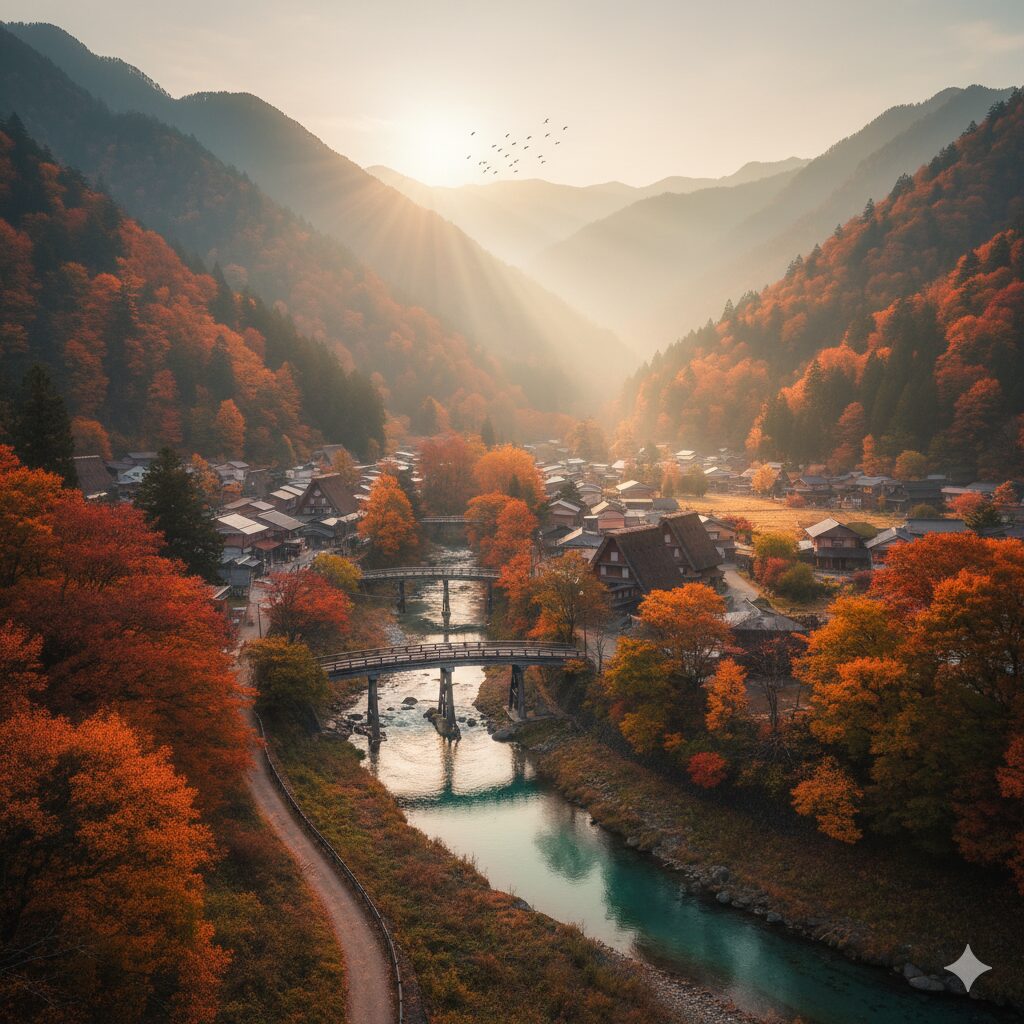
Food highlights include Hida beef (steak, sushi, skewers) and hearty mountain dishes. For lodging, business hotels near the station help with early departures; traditional ryokan in Sanmachi or riverside areas deliver classic ambience. For official city dining/lodging directories, start with the tourism site (Official website (Japanese)).
4-1 Budget ranges (per person)
Business hotels: ¥6,000–12,000. Mid-range ryokan with breakfast: ¥12,000–20,000. Ryokan half-board (dinner & breakfast): ¥18,000–35,000. Dinner at a good Hida beef spot runs ¥2,000–6,000 depending on cut and style (Official website (Japanese)).
4-2 Where to stay (areas)
Near Takayama Station for convenience and luggage lockers; Sanmachi (Old Town) for traditional atmosphere and easy festival access; Riverside for quiet nights. Book months ahead for Oct 9–10.
4-3 Eating during festival hours
Lines grow in the evening rush. Consider an early meal or quick bites (Hida beef skewers, mitarashi dango) so you don’t miss the lanterns. Some restaurants accept reservations—ask your hotel to call in Japanese.
4-4 Budget & tickets you may need
| Item | Price (adult) | Eligibility / Capacity | Notes (JP Official Links) |
|---|---|---|---|
| JR train (Tokyo ⇄ Takayama) | ¥17,000–23,000 one-way (varies) | Reserved seats recommended | Schedules/fares: Official website (Japanese) |
| Highway bus (Shinjuku ⇄ Takayama) | ¥5,500–7,500 one-way | Seats limited on festival days | Nohi/Keio booking: Official website (Japanese) / Official website (Japanese) |
| City/float museums (if visiting off-festival) | ¥500–1,500 typical | Walk-in; hours vary | Check city/tourism: Official website (Japanese) |
* Prices are indicative. Verify latest details on the respective official websites in Japanese before your trip.
5. What is a smart 1–2 day itinerary?
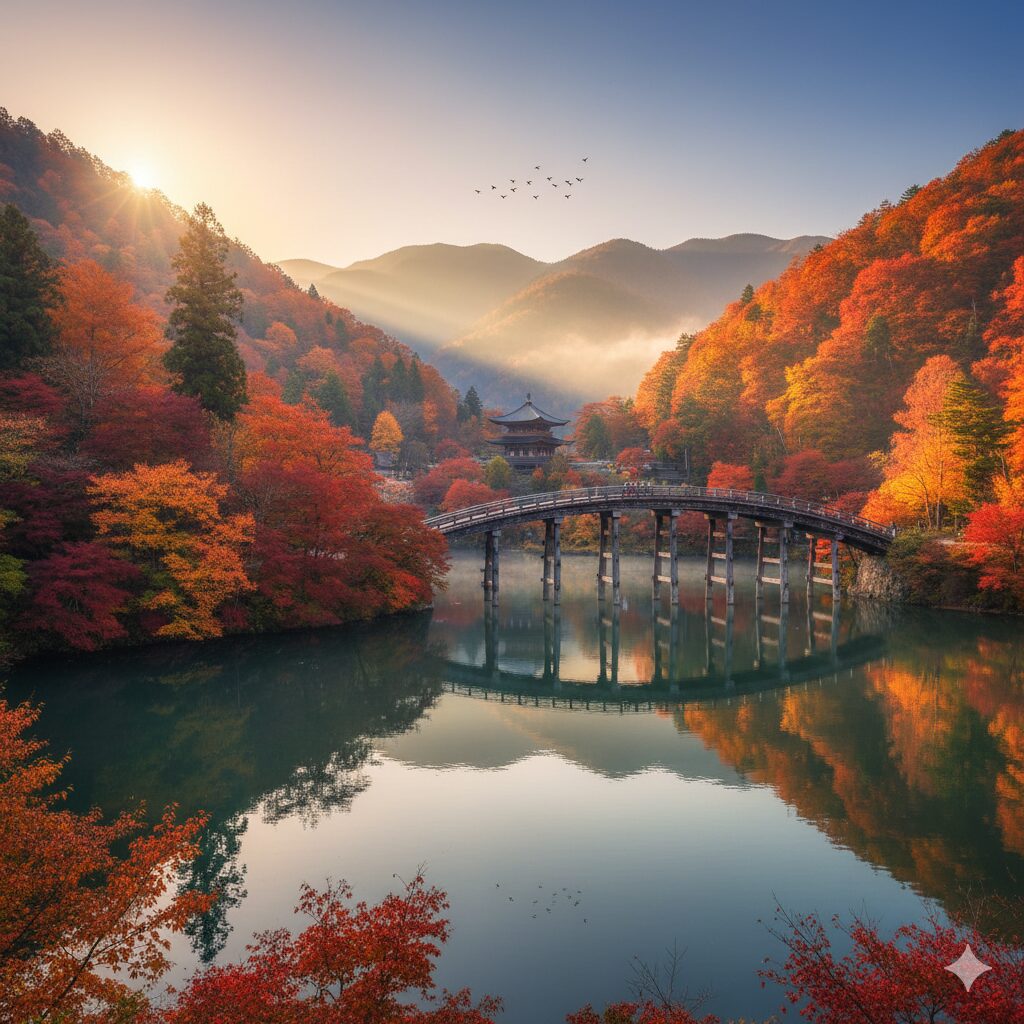
This plan balances festival highlights and Takayama’s classic sights. Adjust slots to match official notices and weather conditions (Official website (Japanese) / Official website (Japanese)).
5-1 Model Itinerary (Festival days)
| Time | Activity | Details (JP Official Links) |
|---|---|---|
| 09:00–11:00 | Arrival & luggage drop | Station coin lockers/hotel. City info: Official website (Japanese) |
| 11:00–13:00 | Daytime floats & karakuri shows | Check boards near floats for times. Tourism info: Official website (Japanese) |
| 13:00–14:00 | Lunch (Hida beef) | Restaurant search on tourism site: Official website (Japanese) |
| 14:00–16:00 | Old Town (Sanmachi) stroll | Historic houses, sake tastings. City/tourism: Official website (Japanese) |
| 16:00–17:30 | Early dinner & warm layers | Nights can drop below 10°C. Forecast: Official website (Japanese) |
| 18:00–20:00 | Lantern parade viewing | Arrive early for a front-row spot. Notices: Official website (Japanese) |
| Next morning | Miyagawa Morning Market + coffee | Check hours with the city/tourism sites: Official website (Japanese) |
| Late morning | Optional museum/shrine visit | Opening times/fees: Official website (Japanese) |
| Afternoon | Depart Takayama | JR/bus reservations: Official website (Japanese) / Official website (Japanese) |
* Times are examples. Confirm on-site notices and official websites in Japanese for the exact day’s schedule and any changes.
5-2 “How far is Takayama from Tokyo?” in planning terms
In practice, think in hours rather than kilometers: 3.5–4.5 hours by rail or ~6 hours by bus each way. That’s perfect for an overnight festival trip if you leave Tokyo in the morning and return the following afternoon.
5-3 Phrases for smooth navigation
“Takayama-eki wa dochira desu ka?” (Where is Takayama Station?) / “Yoyaku shite imasu.” (I have a reservation.) / “Matsuri no jikan o shiritai desu.” (I’d like to know the festival times.) Staff and volunteers are helpful—show the Japanese line if needed.
6. What are your next steps?
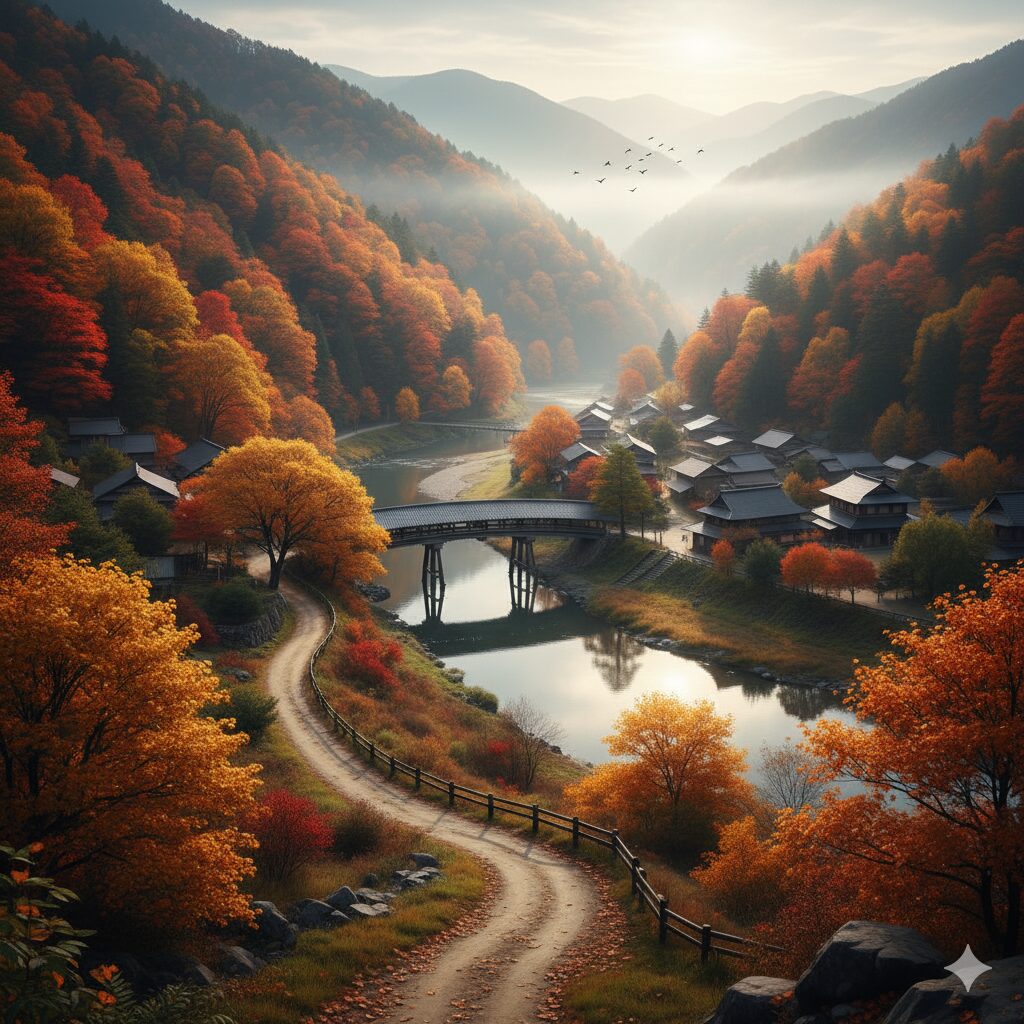
Book trains or buses first, then confirm lodging within walking distance of the action. One compact day pack with gloves and a light down jacket keeps you warm at night.
6-1 Quick checklist
- Reserve JR seats or bus tickets (Official website (Japanese) / Official website (Japanese)).
- Confirm hotel/Ryokan dates near the Old Town (Official website (Japanese)).
- Check the JMA forecast the day before (Official website (Japanese)).
6-2 FAQs
Q1. When is the Takayama Autumn Festival?
Every year on October 9–10. For updates and local notices, check city/tourism pages (Official website (Japanese)).
Q2. How long from Tokyo and what does it cost?
Rail is 3.5–4.5 hours one-way and roughly ¥17,000–23,000; bus is ~5.5–6 hours and ¥5,500–7,500 (Official website (Japanese) / Official website (Japanese)).
Q3. What is the weather in October/November?
October: 7–19°C, November: 1–12°C. Nights are cold; bring layers (Official website (Japanese)).
6-3 Recommended reads on Japan Travel
Keep planning with these guides:
```